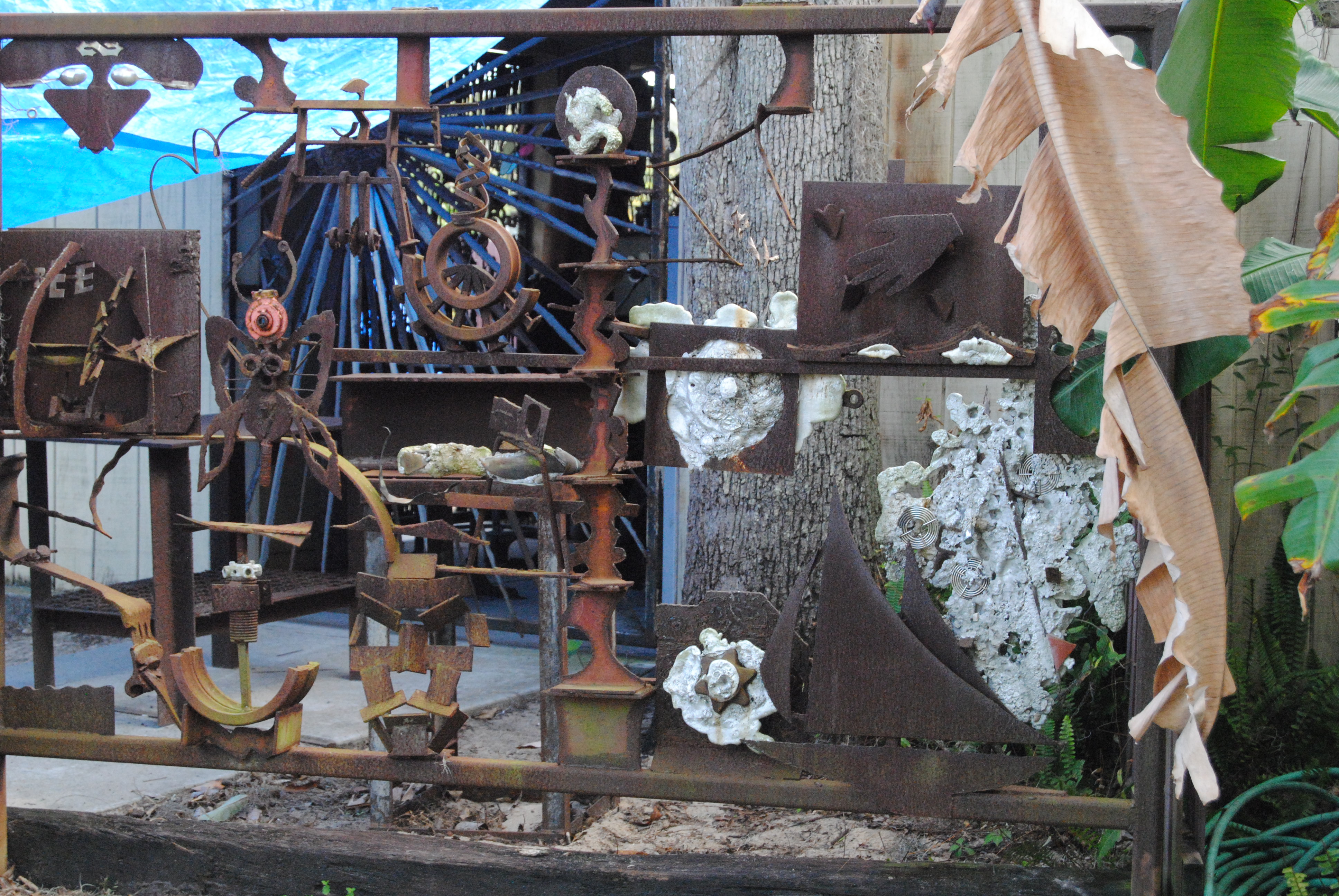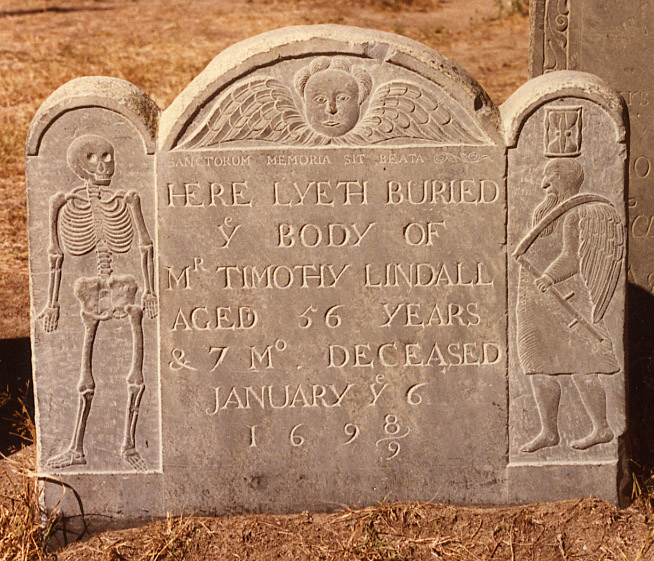As you might have noticed if you are a regular reader I lost a close friend at the end of June and I am just getting back to my routine—it is hard to loose anyone, but someone who was like a sister and whom I had known and spent many a holiday and other important event with is even harder to loose and in the back of your mind somewhere you think—-some one just made this up and any minute now I know I’ll hear she just return from where ever and we’ll talk or she’ll have another get together or remind me that I still owed her for that bottle of wine….or……..
Due to this episode I thought that I would deal with what we might do to memorialize (and what others have done) our loved ones.
“She did it the hard way.” Epitaph on the grave at Bette Davis (actress) grave at Forest Lawn Cemetery Hollywood, CA
-

Four Floral Design 3 1/2″ Dessert Bowls Vintage Glass
$35.60
Tombstones and graveyard have long been a part of the passing away tradition of our culture. More recently cremation has become popular and one can understand why—for instance a few hundred years ago in London burials in church yards became illegal and they introduced commercial cemeteries like High Gate—but do you know the reason why? Seems that London as it grew became over crowded in more than one place and it was discovered that people were being buried 2 or three deep—or in many cases the body was chopped up (i.e. at the joints) so it could be bundled and placed in a much smaller package and thus be put in a more compact place. If you go to the old parts of London today you will see many ancient churches surrounded by parks with lovely trees and even some benches, but if you look carefully you will see that in many of these areas (including a city park next to public buildings in Southward—where once there was a pauper’s burial ground) along the old walls those stone leaning are actually some of the original tomb stones.
Of course the earlier you go the more outstanding the memorials are–especially if you were a monarch in Egypt—-those pyramids are certainly impressive and the burial procedure–including the wrapping that makes them so great in the old horror movies—actually according to CAREER TRENDS: The first mummification of a human in 2000 years happened in 1994. The process took a total of 35 days to completely dry out the body, a week to prepare it and a week to wrap it. Ancient Egyptians took 70 days to prepare a mummy. Egyptians likely chose to take longer in preparing a body in order to follow the star of Sirius. Mummification rituals began when the star first appeared, marking the new year, and ended as the star finally disappeared in the Egyptian sky.” https://careertrend.com/info-10062564-long-make-mummy.html
Of course if you were poor or if you went really far back you can find all manner of easy preps—from just being left in a cave to being deposited in a swamp and being found thousands of year later preserved by the bog—rather gross but effective. The picture below was a sacrifice and he was put in the blog and the preservation is amazing.
“So it is that one can unearth in a burial ground all sorts of evocations of a society’s history and very essence. American gravestones from the period 1680-1810, for example, offer one of the best ways to study colonial and federal art as well as social, economic and religious conditions o the times. Dead men tell no tales but their tombstones do. Sometimes the stony stories inscribed on the markers err or exaggerate, In the U>S> “typographical errors” were so common in the early days that most states passed laws prohibiting tombstone information from serving as proof of birth, death, or vital statistics, or as evidence in court.
The Cemetery Book
by Ton Weil
-

The BEACH BOYS Late 60’s early 70’s Program Excellent Condition
$85.10
But burials aren’t the only multiple choice that we have had over the years and across the miles. When I was growing up I can remember when I was small that the body was often viewed in the home, I was in the country in West Va and things were changing because some were viewed in the Funeral homes—mostly the funerals services themselves were held in the deceased or their family’s church and that I remember that the ceremonies held in the funeral homes came quite a bit later when an increasing number of those we lost had no church they belonged to. I can remember when my cousin’s grandmother past away, she in her casket were place in what we called the good room (something like the fancy pallor) in other places and how we played outside and told spooky stores during the nights where family and friend came to view my great aunt.
Cremations are, as I said before, currently quite in vogue—My parents who died several years apart, but with instructions that once they were both gone they wished their ashes to be scattered on White Fish Bay in Michigan—My late husband on the other hand ask for a party on a boat in Key West at sunset and his ashes to be deposited on the Gulf Stream so he could roam the world with a bit of him remaining in the sands of Key West.
“Often the deceased or their family members have a deep connection to the place they scatter ashes in. These locations are often scenic, postcard-worthy, highly-photographed areas. National parks and coastal regions are common. In a world where many would argue that no aspect of nature is unaffected by human impact, we still desire that which is ‘natural’ but we also embrace the completely artificial. One such example of this is Disneyland, where there have been many reports of ashes being scattered in the ‘Happiest place on earth.’ No national registry exists to create an archive of these locations, so my research raises questions about the importance of these places and the cultural and social implications that accompany them.”
series Temporary Container
-

Cranberry Red and Cut Glass (clear) Pitcher Hand painted with Flowers
$15.80
It is unbelievable what you can do with and/or use the ashes for
These include all manners of urns, from beauties that set decoratively around the house to using a Pringles container—there are wooden boxes with can have place for pictures and engraved sayings or memorials.
You can actually arrange for burials at small plots at some cemeteries and there are places at some locations that have cremation niches–some are large enough to include some small items with the ashes.
But there are possibilities above and beyond the mundane…Urns that you can plant and grow trees in the ashes.
Wurthering Heights’ author Emily Bronte, was known for her stubbornness. She refused medical attention till the 11th hour. Her last words were, “If you will send for a doctor, I will see him now.”
Last Laughs: Funny Tombstone Quotes and Famous Last Words
Kathleen E. Miller
-

ORCHID Glass Pin with matching Orchid Earrings RARE Vintage
$144.86
and for those who are really expressive you can mix the ashes with paint and paint (or have some artist you know) paint a picture—of the loved one or a treasured place—the possibilities are endless. Or take them and mix them with tattoo ink instead and get something to remember them by on your skin.
A little too much for you? Put them in a pendant to wear about your neck, or in a ring. Make pencils out of the with the ashes forming the lead. How about including them in fireworks and going out with a bang. Or in bullets–don’t ask or even in stain glass—the possibilities seem endless.
The folklore of shape-shifting brings to mind Lindow Man’s fox-fur armbands, which he wore on his otherwise naked body. Across medieval Europe, wearing such a band was a symbol of lycanthropic/vampire status, facilitating the transition to the animal state. This may be what prompted Lindow Man’s grisly killing and preservation in limbo.
The Buried Soul: How Humans Invented Death
Timothy Taylor
-

Elroy Vintage Pocket Watch with Hunting Scene on Back Swiss Movement
$60.00







:max_bytes(150000):strip_icc()/FIREWORKS-56a2747a3df78cf77276171a.jpg)
